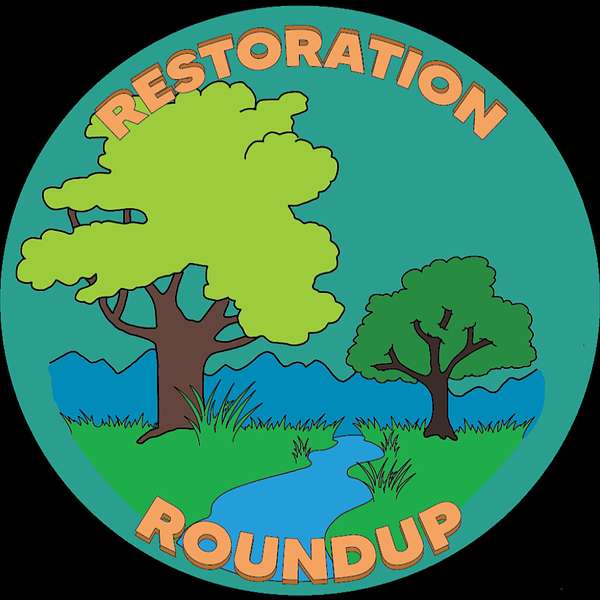
Restoration Roundup
Restoration Roundup
The Agroforestry Buffers Frontier: Planting “extreme” agroforestry buffers to improve water quality and farmers’ bottom lines
In this episode we have a lively conversation with Brenda Sieglitz and Audrey Epp Schmidt about the potential of incorporating commercial agroforestry into riparian buffers to provide both ecological benefits and financial returns for farmers. Brenda is the Senior Manager of the Keystone 10 Million Trees Partnership, which is a collaborative effort, coordinated by the Chesapeake Bay Foundation, of 200 national, regional, state and local agencies, as well as conservation organizations, watershed groups, conservancies, outdoors enthusiasts, businesses and individuals willing to plant trees. Audrey is the Director of Business Development at Propagate Ventures, a company that helps farmers implement agroforestry on their land. Audrey works directly with farmers and landowners to identify the best-fit agroforestry approaches for their operations, and also leads the company’s strategic partnerships with non-profits, academia, and government.
Agroforestry is the strategic integration of fruit, nut, and timber trees on farms to achieve a range of benefits. Agroforestry, whether “extreme” riparian buffers (a term Brenda and Audrey use to describe the new practice of extending a conservation buffer by adding an agroforestry system upland of it), alley cropping, silvopasture, or other forms, can provide critical wildlife habitat and landscape connectivity, reduce erosion and improve water quality, provide shade for grazing livestock, and more.
Although many forms of agroforestry have been practiced in other parts of the world and by Indigenous people in North America (and elsewhere) for a long time, it is still a relatively new practice in the northeastern United States. We discuss how efforts to increase adoption of agroforestry have been going in the Mid-Atlantic, where both Audrey and Brenda are based, and what work has been happening around these systems in New England.
We also discuss what the most popular plants are (elderberry!), how planning agroforestry systems is affected by climate change, and what policies could better support this kind of work.